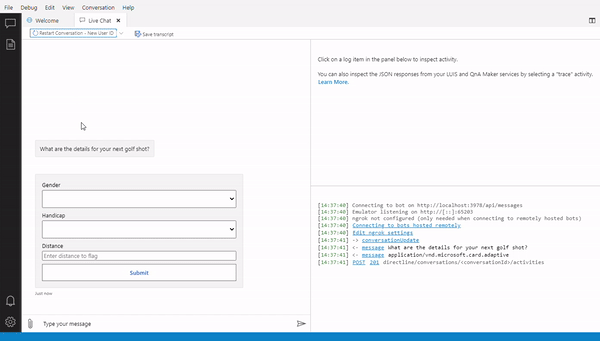Guiding Your Project Team: Embracing Agile
- Tana Lawler

- Nov 7, 2024
- 3 min read
In the realm of project management, many professionals often gravitate toward familiar tools and methodologies, overlooking the diverse range of methods available that can significantly enhance project outcomes. Understanding the unique characteristics and advantages of each approach is essential. For a methodology to be successful, buy-in from management, stakeholders, and the development team is crucial. When everyone is aligned and supportive of the chosen method, implementation across the organization becomes much more seamless.
Over the past two decades, I have advanced my expertise from traditional Waterfall methodologies to a variety of Agile frameworks, including Lean, Scrum, Kanban, and hybrid approaches. Each methodology has its own merits and can be highly effective when applied consistently. Agile, in particular, stands out for its emphasis on collaboration, accountability, frequent feedback, and rapid delivery of high-quality products.
Throughout my career, I have worn many hats—from development team member to Agile coach, and Scrum Master for high-functioning Agile teams. Witnessing teams evolve and refine their practices is incredibly rewarding. With an array of methodologies to choose from, we are here to engage with you in identifying and implementing the most suitable approach for your organization.
The Benefits of Hybrid Agile Methodology
One of the most effective strategies in today’s dynamic business environment is the hybrid Agile methodology. This approach combines elements of traditional project management with Agile practices, allowing organizations to customize their processes to better meet their unique needs. Hybrid Agile is particularly advantageous in environments where teams face varying project complexities and stakeholder demands.

Key features of hybrid Agile methodology include:
Flexibility: Hybrid Agile allows teams to adapt their processes based on project requirements, making it easier to respond to changing priorities and stakeholder feedback.
Cross-Functional Collaboration: By integrating Agile practices with traditional methods, teams can leverage the strengths of both approaches. This enhances communication and collaboration across functions, ensuring alignment on goals and deliverables.
Risk Management: The iterative nature of Agile cycles enables teams to identify and address potential risks early in the project lifecycle. Combining this with traditional planning methods provides a comprehensive risk management framework.
Stakeholder Engagement: Regular feedback loops inherent in Agile methodologies ensure that stakeholder input is valued and integrated, leading to higher satisfaction and better project outcomes.
Agile Best Practices to Embrace
At MyndCore Partners, we champion Agile best practices that foster a productive and adaptive project environment.
These include:
Iterative Cycles: Sprints or cycles that encompass repeatable development activities—planning, design, development, testing, and deployment—ensure continuous improvement and adaptability.
Incremental Development: By breaking large projects into smaller, manageable components, teams can deliver updates earlier in the process, facilitating timely feedback and adjustments.
Frequent Communication: Regular check-ins on team capacity, work status, and challenges minimize rework and enhance overall quality.
Time-Boxing: Focusing on one task at a time before progressing to the next phase encourages efficiency and clarity in execution.
Retrospectives: Reflecting on performance at the end of each cycle enables teams to identify areas for improvement, fostering a culture of continuous learning and adaptation.
Agile Stats to Consider
In my research, I found several key stats that I think are critical when considering Agile approaches.
Engineering and R&D teams stand out as the fastest-growing adopters of Agile, now comprising 48% of Agile practitioners, a 16% increase from 2022. (Source: 17th State of Agile Report)
The adoption of hybrid project management approaches has steadily risen over the past three years, increasing by 57% from 20% in 2020 to 31.5% in 2023. (Source: PMI Pulse of the Profession 2024)
Almost three in five Agile practitioners are satisfied because of a better alignment with business needs. (Source: 17th State of Agile Report)
Nearly half of large companies (49%) and medium-sized companies (45%) have embraced a hybrid approach. (Source: 17th State of Agile Report)
Partner with MyndCore Partners for Agile Transformation
Consider MyndCore Partners as your trusted ally in transforming your project management approach to Agile. Our expertise in both traditional and hybrid methodologies allows us to tailor solutions that meet your specific needs.
If you have any questions or would like to explore how we can support your team in this journey, please feel free to reach out: sales@myndcorepartners.com. Together, we can navigate the complexities of project management and drive your initiatives toward success.
About the Author
With over 20 years of experience in project and program management, I am dedicated to fostering successful outcomes through effective teamwork and process improvement. I hold several professional certifications, including Project Management Professional (PMP), PMI Agile Certified Practitioner (PMI-ACP), and Certified ScrumMaster (CSM). My commitment to continuous learning drives my passion for coaching teams and enhancing their delivery capabilities. Feel free to reach out to me directly as well: tana@myndcorepartners.com.




Comments